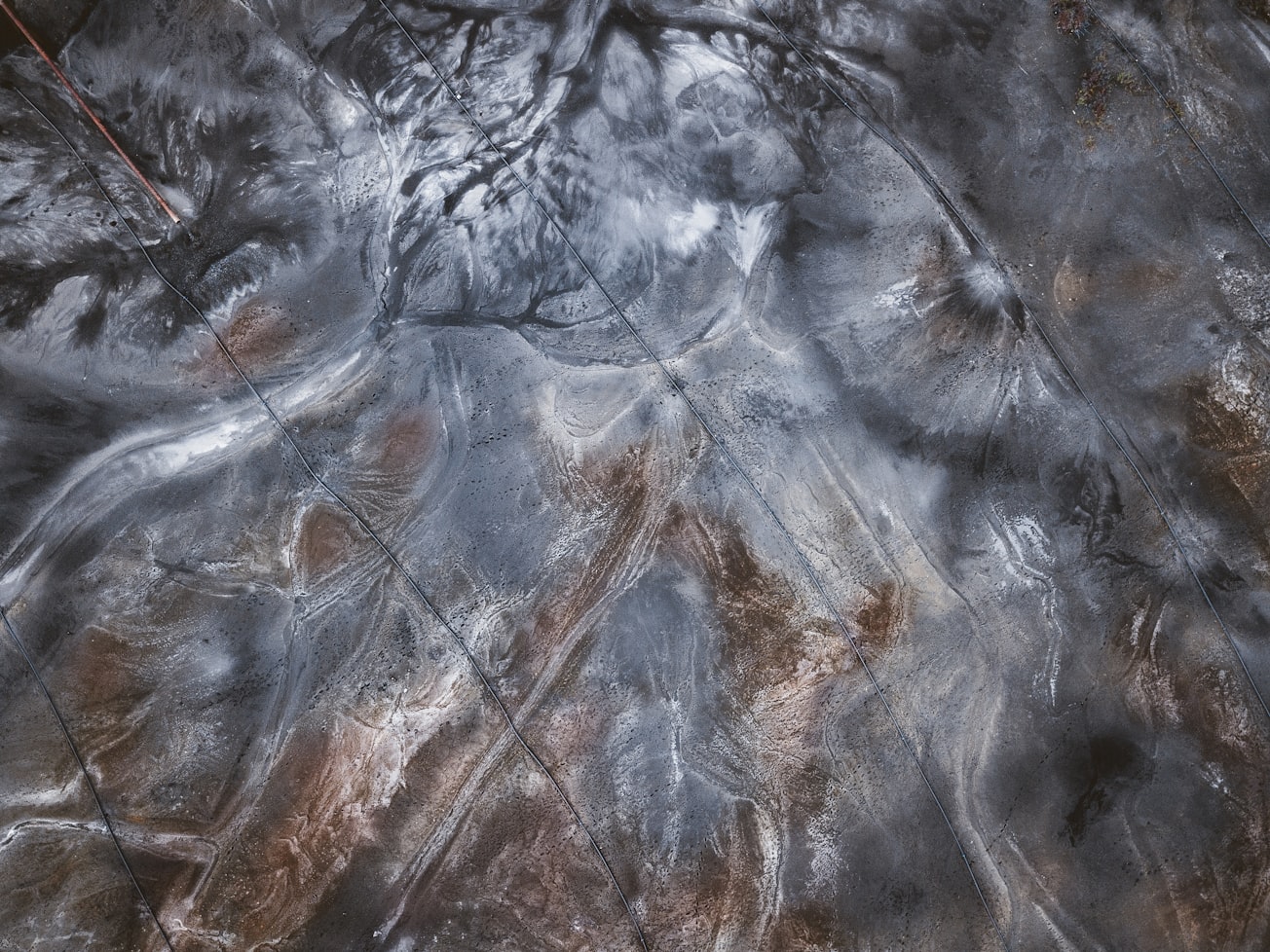What is it about?
This study focuses on the synthesis and characterization of nickel (II) Schiff base complexes as an alternative to the conventional palladium complexes. The catalytic properties of the newly synthesized complexes were also evaluated in efforts to increase the rate of reaction of innumerable organic reactions.
Featured Image

Photo by Ivan Bandura on Unsplash
Why is it important?
Sonogashira coupling reaction utilizes palladium catalyst and copper co-catalyst to contribute to the production of many organic synthesises. The existing organic reactions rely heavily on costly metals such as platinum, gold, and palladium as catalyst in major industrial organic reactions. Nickel is a transition metal that possesses similar catalytic properties as the currently used metals, yet it is much more economical. The integration of Sonogashira coupling reaction with nickel (II) complexes as catalyst not only promises a cheaper way to produce alkynes, it also aids industries in saving time and energy.
Perspectives
A Schiff base is a compound with the general structure R2C=NR'. They can be considered a sub-class of imines, being either secondary ketimines or secondary aldimines depending on their structure. The term Schiff base is normally applied to these compounds when they are being used as ligands to form coordination complexes with metal ions. Such complexes occur naturally, but the majority of Schiff bases are artificial and are used to form many important catalysts. Schiff bases have been investigated in relation to a wide range of contexts, including antimicrobial, antiviral and anticancer activity. They have also been considered for the inhibition of amyloid-β aggregation.
Shahrul Nizam Ahmad
Universiti Teknologi MARA
Read the Original
This page is a summary of: SYNTHESIS, SPECTROSCOPIC INVESTIGATION AND CATALYTIC STUDIES OF NICKEL(II) AROMATIC AZOMETHINE COMPLEXES, Jurnal Teknologi (Sciences & Engineering), January 2018, Penerbit UTM Press,
DOI: 10.11113/jt.v80.11109.
You can read the full text:
Contributors
The following have contributed to this page







